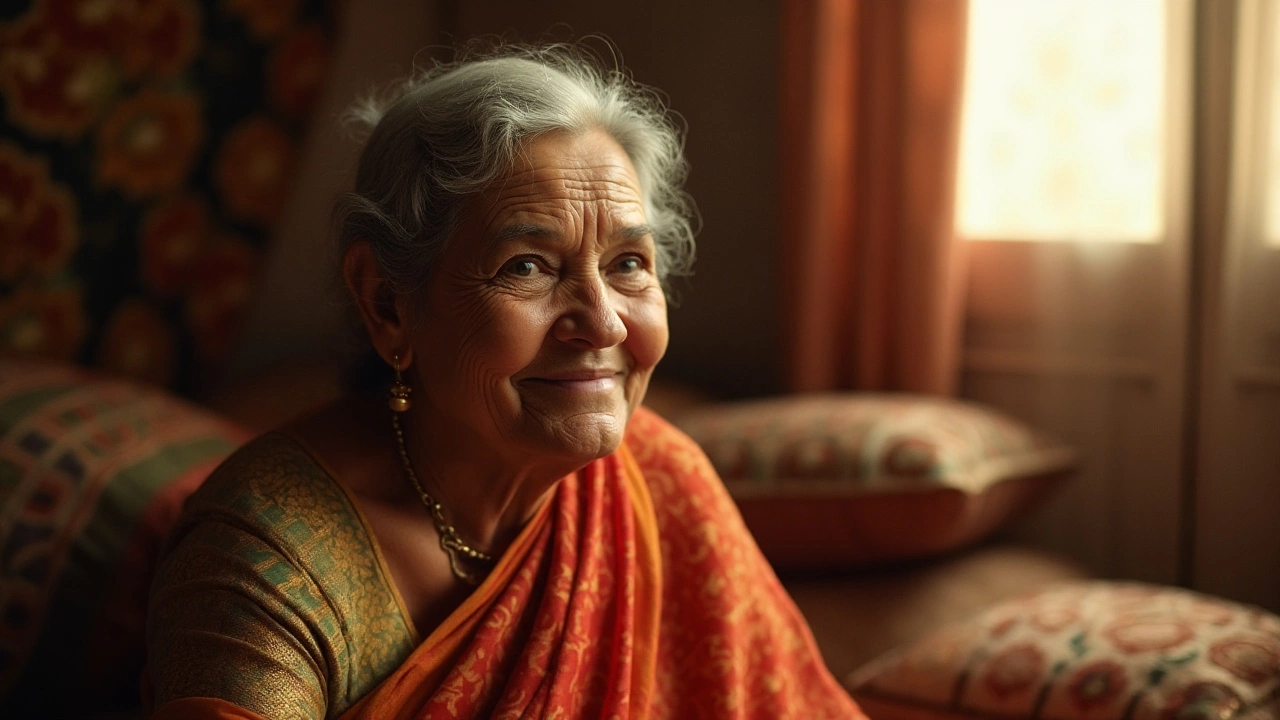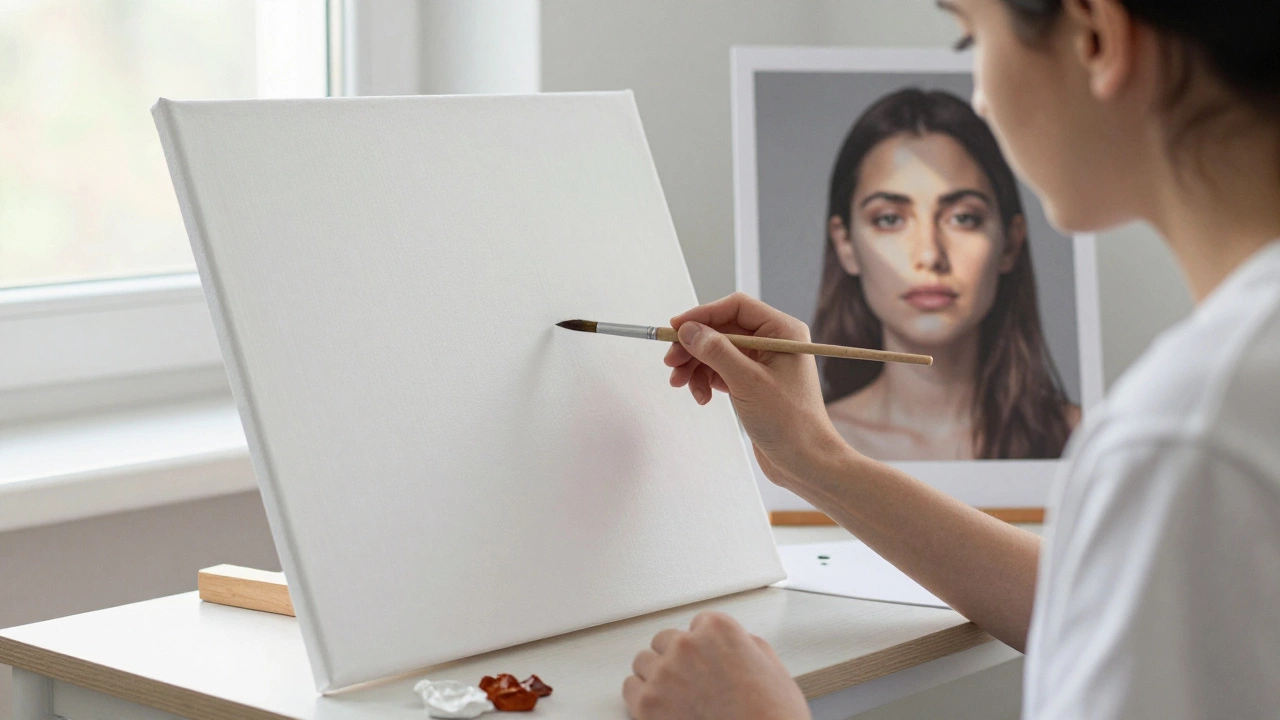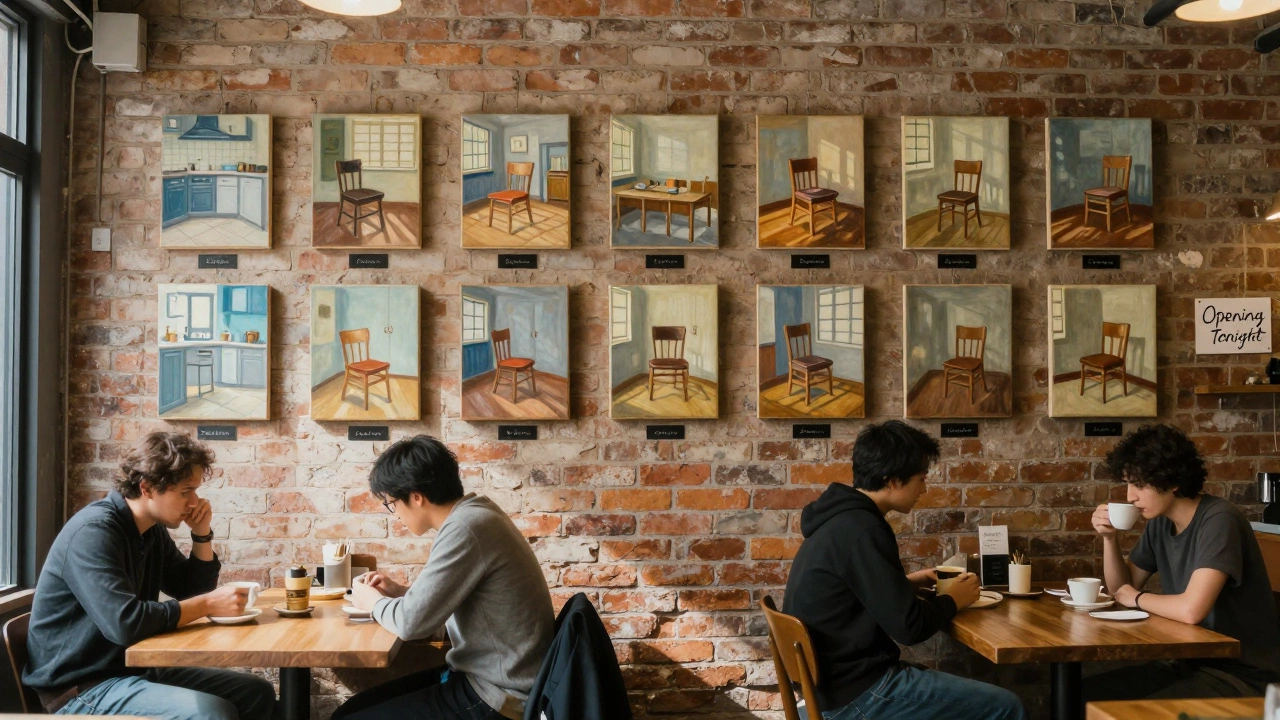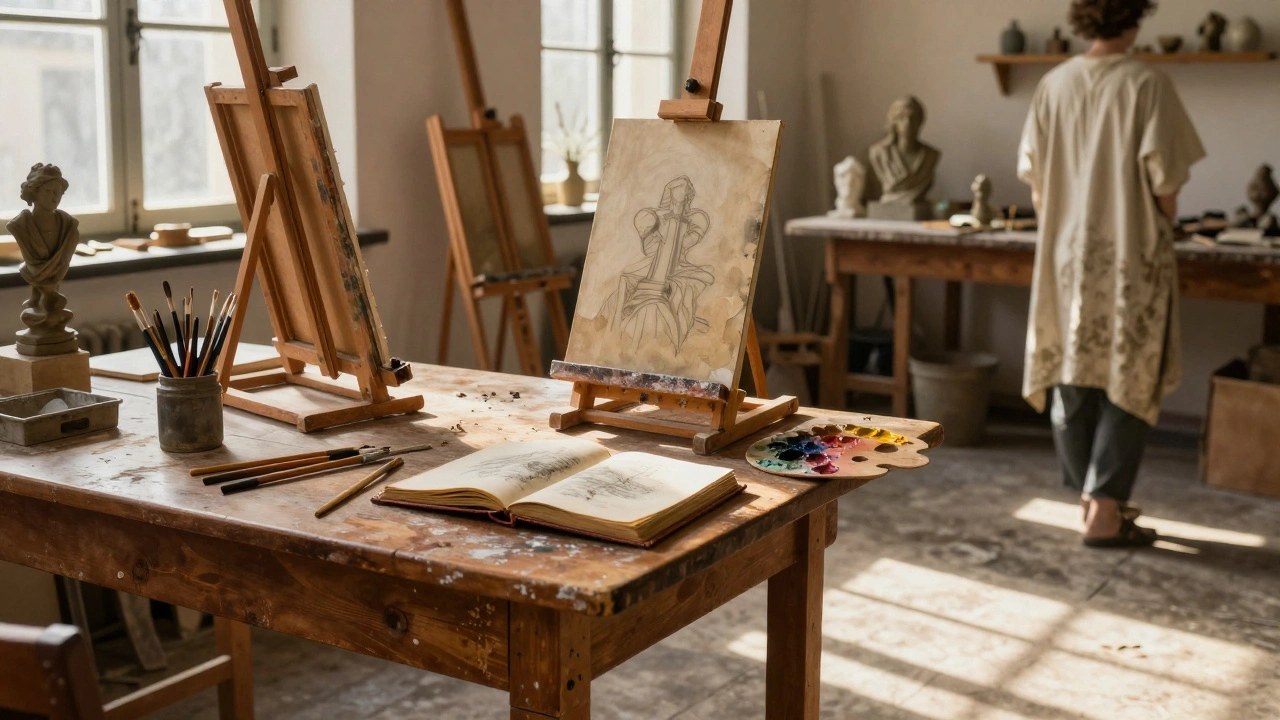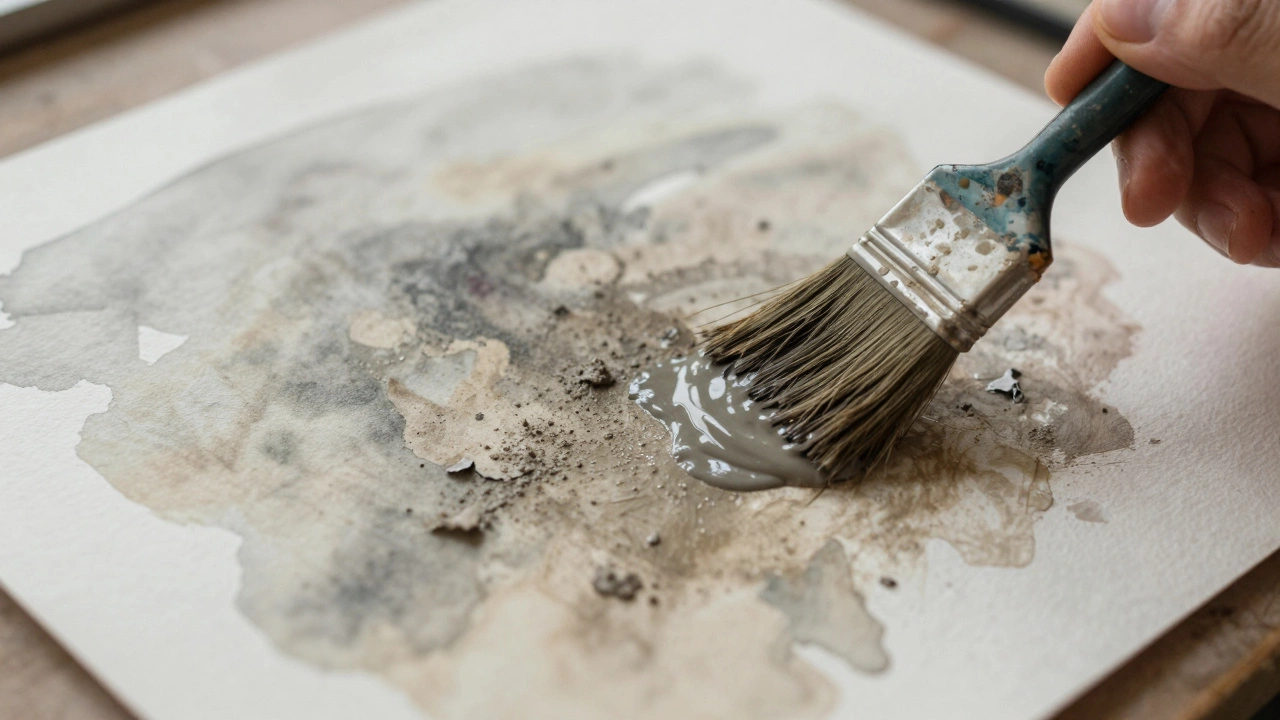Creating a captivating portrait is an art that intertwines skill, observation, and emotion. Far more than a simple replication of a person's face, a good portrait captures the spirit and character of the individual. To achieve this, it's essential to understand the various elements that contribute to a successful portrayal, from composition and lighting to color choices and innovative techniques.
This exploration into portrait art promises to uncover both timeless principles and contemporary approaches. Whether you're picking up a brush for the first time or seeking to refine your existing skills, embracing a variety of methods can lead to surprising and delightful outcomes in your work.
- Understanding the Subject
- The Importance of Composition
- Lighting and Shadows
- Choosing the Right Colors
- Innovative Techniques and Finishing Touches
Understanding the Subject
When embarking on the journey to create a compelling portrait painting, grasping the essence of your subject is paramount. This process begins with meaningful interactions that go beyond mere observation. Spend time getting to know the individual, their quirks, moods, and expressions. A portrait is not just a reflection of their facial features but a depiction of their character and life story. Think about subjects like Frida Kahlo, whose self-portraits are filled with symbols of her experience and pain; it is this depth that makes the paintings resonate with viewers even today.
It's beneficial to have a conversation with the person you are portraying, capturing insights into their personality and what they wish to convey. Talk to them about their life, interests, and dreams. As you listen actively, you may find pivotal details that can infuse life into your portrait. Observe their natural gestures and expressions, as these can often reveal more than words can say. This will also help you to build a sense of trust, helping your subject to feel at ease, which in turn will come through in the final piece.
According to iconic portrait artist Lucian Freud, 'The longer you look at an object, the more abstract it becomes, and ironically, the more real.' This perspective encourages artists to spend time studying their subjects, moving past initial impressions to discover layers of reality hidden beneath the surface. Breaking free from stereotypes, an artist can bring unique touches to their art by focusing on specific traits or tendencies that might otherwise be ignored.
Once the subject's nuances are understood, capturing their likeness becomes a fulfilling challenge. Create sketches to outline various elements before committing them to canvas. This step lets you play with composition, ensuring the model's nature shines through. Sometimes, choosing between a smile or a pensive look can redefine the portrait's mood, so rely on a blend of intuition and knowledge to guide your choice. Utilize small concept drawings to experiment with perspectives and angles; the way light catches the curve of a cheek or the intensity of a gaze can tell a profound story.
Details Matter
To accurately convey who the subject truly is, focus on the minutiae. Pay attention to the slight furrow in their brow or the subtle twinkle in their eyes. Such detail can transform a painting from static to dynamic, allowing viewers to connect with the piece on a personal level. Employ color and brushwork to highlight these defining traits, using them as focal points to guide the audience's gaze. The artistry lies not just in replicating an image, but in curating which elements to emphasize for emotional impact.
If you're working from a photograph, ensure it captures the moment authentically. While it's less interactive than live sessions, photos allow for detailed study, enabling artists to grasp subtleties in expression. Many artists, including John Singer Sargent, were known to use photographs as valuable references to render stunning and lively paintings. The secret is to use these as guides rather than strict templates, injecting personal observations and interpretations wherever possible.
- Engage deeply with your subject, understanding who they are beyond the surface.
- Take time with your observational exercises, sketching and concept drafting.
- Include personality traits and distinctive features in your portrayal.
- Ensure photographs (if used) authentically reflect mannerisms and character.
The Importance of Composition
When diving into the world of portrait painting, composition serves as the framework around which the entire masterpiece is constructed. Much like a stage director arranging actors to tell a story, a portrait artist must thoughtfully consider how to position elements within the canvas to create a balanced and engaging visual narrative. The arrangement of these elements can drastically impact the viewer's experience and interpretation of the portrait.
One essential component of composition is the concept of the 'Golden Ratio' or sometimes referred to as the 'divine proportion.' This mathematical ratio, often seen in nature, is considered pleasing to the eye and is frequently used in art. By aligning the subject's key features or focal points to adhere to this ratio, artists can achieve a harmonious and aesthetically pleasing portrait. Placing the subject's eyes along the upper third of the canvas, for instance, often invites the viewer into a more intimate connection with the portrait.
Tension and symmetry play vital roles in composition as well. Symmetry introduces a sense of calm and order, often used in portraits conveying grandeur or elegance. On the other hand, artists may opt for asymmetrical compositions to introduce dynamism and interest, drawing the viewer's eyes across different parts of the painting. For instance, placing significant emphasis on one side can create a compelling narrative of power and direction.
"A good composition can perfectly balance chaos and harmony, guiding the viewer's emotional response," remarked renowned art historian Dr. Elaine Marchand.
To further illuminate the significance of composition, consider the use of leading lines within a portrait. These lines can include the gaze of your subject or physical lines created by clothing or accessories, which direct the viewer's attention to significant elements within the artwork. Utilizing diagonal lines or triangular setups can instill a sense of movement and liveliness.
Light and shadow also contribute significantly to composition. By deliberately placing highlights and shadowed areas, artists can accentuate different elements, adding depth and texture to the portrait. When skillfully applied, this technique can create a sense of realism and capture the nuanced play of light on the subject's features, often amplifying the emotional undercurrents of the piece.
Ultimately, the composition is not just a technical aspect of portrait painting; it's an art form in itself. Each decision, from the placement of the subject to the subtle use of symmetry or asymmetry, collaborates to tell a story. Artists who thoughtfully design compositions can transform a simple canvas into a lively dialogue between the painting and its audience, ensuring the portrait speaks volumes through its strategic balance and alignment.
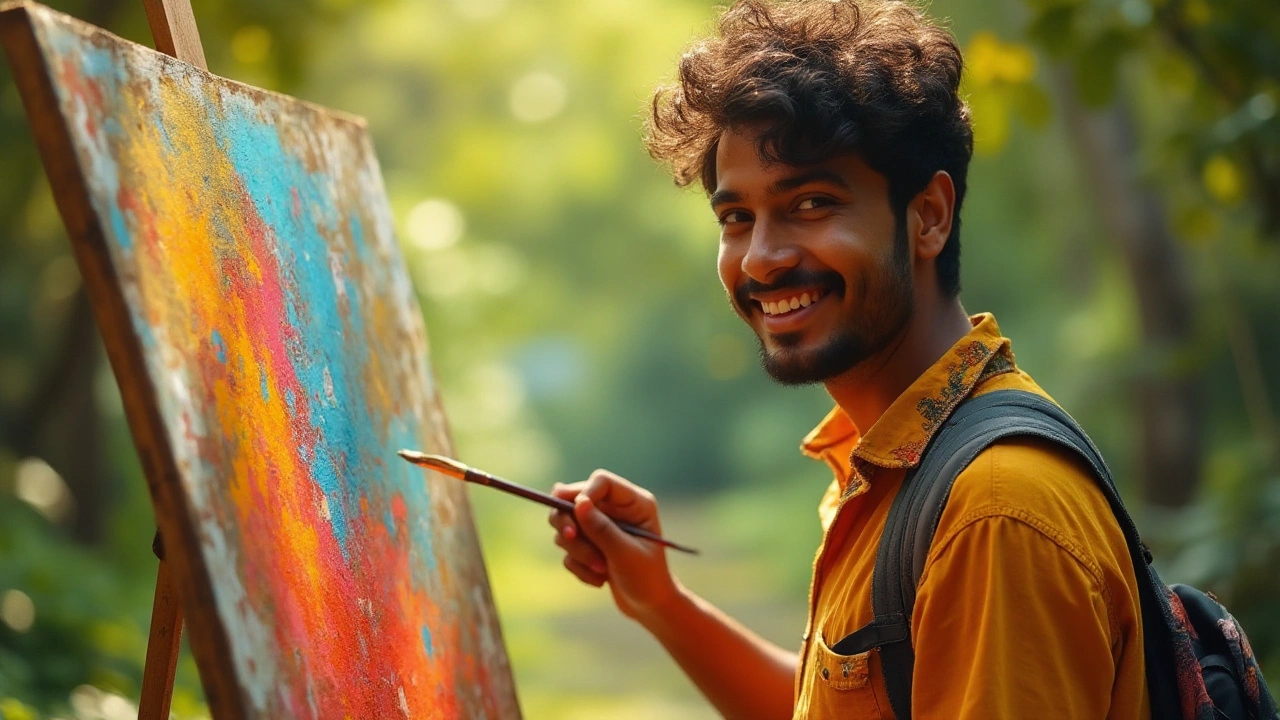
Lighting and Shadows
Understanding the role of lighting and shadows in portrait painting is crucial for any artist aspiring to create lifelike and emotionally resonant pieces. The interplay between light and dark not only defines the shapes and contours of the subject's face but also sets the mood and tone of the entire portrait. Many renowned artists have emphasized this aspect in their teachings, often noting that mastering light can elevate a mere image into a powerful narrative.
Light sources can be natural or artificial, each casting its own unique influence on the subject. Natural light is prized for its subtle shifts and soft quality, which can evoke a sense of serenity. However, it's essential to consider its ever-changing nature—what begins as a sunny portrait session might wrap up under the influence of clouds. Artificial lighting, on the other hand, offers control and consistency, but requires the artist to be mindful of harsh shadows or unflattering angles.
Shadows, often underestimated, play a vital role as well. They are not merely the absence of light, but rather active elements that add depth and dimension. By strategically emphasizing shadows, an artist can guide the viewer's attention, highlight particular features, or evoke a dramatic effect. Delving into shadow work requires a keen observational eye and practice in gradation, ensuring soft transitions that maintain the natural flow. In fact, renowned portrait artist John Singer Sargent once said,
"Light reveals and shadows define."This wisdom reflects the fundamental truth that shadows do more than merely mimic form; they enhance the emotion and presence within a portrait.
Sculpting with light and shade also means considering the texture of the paint medium itself. Impasto techniques, for example, can add a tactile dimension, catching light on raised surfaces similar to real-life textures. Smooth transitions might be achieved with glazing, offering a luminous quality akin to classical realism. Artists can further experiment by manipulating light direction, either directly or through reflected sources, to see how it alters perception and emotion in their work. By exploring these avenues, each portrait becomes a distinct study in how light shapes narrative and emotion.
For those looking to quantify the effects of light and shadows in their art, a basic understanding of the Chiaroscuro technique might be beneficial. Originated during the Renaissance, this method leverages strong contrasts between light and shadow to achieve a high degree of volume and three-dimensional realization in paintings. Today's artists can similarly adopt these principles, using them to create compelling focal points or atmospheric settings.
| Light Source | Effect |
|---|---|
| Natural Light | Soft, changing, serene |
| Artificial Lighting | Controlled, dramatic, constant |
| Reflective Light | Diffuse, illuminating shadows |
Ultimately, successfully incorporating lighting and shadows becomes a dance between perception and technique. As artists build their understanding through practice and experimentation, they start to see the magic of light—the way it can transform not just the painting, but the silent stories of those captured on canvas. It is this magic that invites viewers to linger, to ponder, and to feel infinitely connected to the human experience delicately painted in oils, watercolors, or any medium chosen by the hand of the painter.
Choosing the Right Colors
In portrait painting, selecting the right colors is just as crucial as the stroke of your brush. Every portrait artist knows that colors can convey emotion and mood, highlighting the subject's personality in profound ways. When considering which hues to use, it’s important to understand the interplay between colors and how they affect the viewer’s perception. Portrait artists often rely on a color wheel to grasp complementary colors that might enhance the overall balance and harmony of their work. For instance, utilizing warm colors like oranges and reds can add a sense of vitality and warmth to the subject, whereas cooler tones such as blues and greens might suggest a calming or contemplative nature. The choice of background color equally plays a pivotal role in making the portrait stand out or blend seamlessly, depending on the desired effect.
Many portrait painting aficionados might be surprised to learn that different hues can significantly affect the appearance of human skin tones. Artists often mix shades of red, yellow, and blue with a touch of white to create realistic flesh tones fitting for the subject. Moreover, the lighting of the environment will dynamically change the color palette. In natural light, colors appear vibrant and healthy, whereas artificial lighting might cast a yellow or blue tint, altering the color perception. Hence, artists typically observe their subjects in varied lighting conditions before finalizing their choice of colors.
"Color is the keyboard, the eyes are the harmonies, the soul is the piano with many strings"—Wassily Kandinsky eloquently expressed the profound nature of colors in art and their emotive potential.While fleshing out the subject’s skin, many artists use contrasting colors subtly within the shadows to give the face depth and dimension. A slight purple tinge within a shadow, for example, can add realism and complexity.
Of course, the choice of colors can also be directed by the psychological meaning they carry. Many cultures view certain colors symbolically—a bright red might evoke passion or anger, while a serene green could suggest growth or serenity. Many successful artists tap into these associations to create a narrative within their portraiture, reinforcing thematic elements with their color choices. Art techniques like this can propel an ordinary image into the realm of storytelling, engaging audiences beyond mere aesthetics. Some artists even adopt a signature color scheme that becomes part of their unique artistic expression, making their work instantly recognizable even to the casual observer.
In practice, experimenting with a limited palette and gradually expanding it as one gains confidence can be a rewarding exercise for both novice and experienced artists. Engaging with color in new ways often brings unexpected delights, and each painting becomes a journey of discovery. By taking time to carefully select and apply colors, artists capture not just the appearance but the spirit of their subjects.
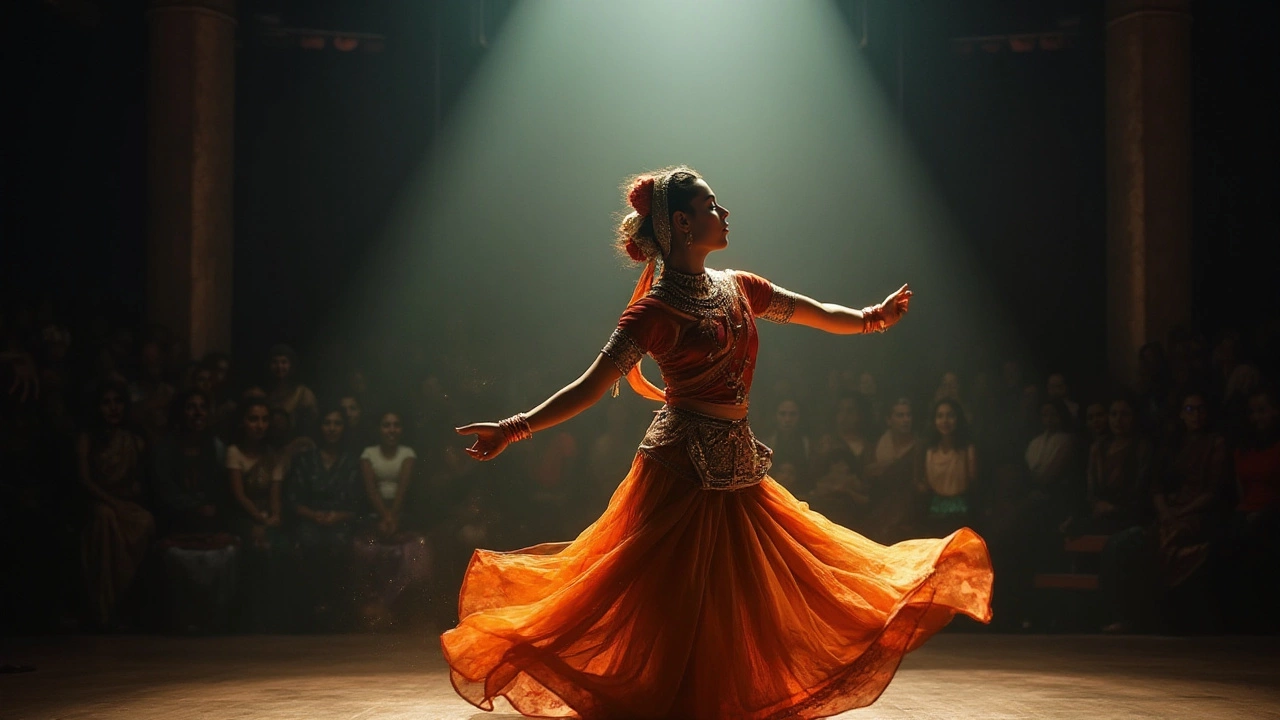
Innovative Techniques and Finishing Touches
In the vibrant world of portrait painting, standing out requires a blend of creativity and technique. Embracing innovative practices can elevate your work from merely good to truly extraordinary. One method gaining popularity among portrait artists is the use of mixed media. By integrating materials such as gold leaf, fabric, or even digital elements, an artist can add texture and dimension that captivate and intrigue viewers. These unconventional materials not only provide visual depth but also infuse the piece with a narrative that paints a broader story of the subject.
Another enticing approach in portrait art today is the use of exaggerated color palettes. Traditionally, artists may have adhered strictly to realistic hues, but many now explore the potential of vibrant and unexpected color combinations for emphasis and emotion. This method can convey mood and energy, transforming a mere likeness into an evocative statement. It calls to mind the works of the Fauvist painters, who embraced bold color dynamics and had a significant impact on modern art. Albert Marquet, although initially misunderstood, once said, “With color one obtains an energy that seems to stem from witchcraft.”
Lighting also plays a pivotal role in modern portrait techniques. Dramatic lighting schemes can create striking contrasts that highlight facial features, ensuring they resonate with intensity and intrigue. Contemporary artists often experiment by painting with light, using chiaroscuro techniques to endow portraits with a three-dimensional quality. Such methods not only draw attention to the subject but also imbue the picture with a sense of mystery and drama.
Embracing technology, particularly digital platforms, is another frontier. Digital painting software allows artists to manipulate their work with a degree of precision and experimentation that is difficult to achieve with traditional mediums. Layers, brushes, and digital textures afford endless possibilities, enabling the refinement of details right up to the finishing touches, without the fear of irreversible errors common in traditional painting. While this doesn't replace the tactile satisfaction of classic methods, it provides an expansive toolkit that enriches the creative process.
When it comes to finishing touches, artists should pay close attention to details that anchor the portrait in reality. Subtle finishes like glazes can bring out depth and richness that might otherwise be overlooked. Varnishing, too, can give the piece a cohesive and polished appearance, enhancing color vibrancy and providing protection against the ravages of time. Whether a minimal or elaborate approach is chosen, final touches should reflect the artist's individual style and connection to the subject.
Portrait painting remains a deeply personal form of expression, where technique and intuition operate hand in hand. Integrating innovative approaches ensures its ever-evolving relevance in the art world, engaging both artist and audience in a fresh dialogue every time a portrait comes to life. The right combination of new techniques and traditional foundations can turn an artwork into an unforgettable masterpiece.
